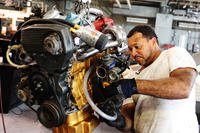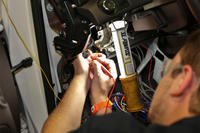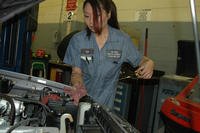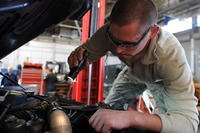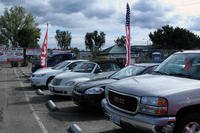When Ford revived the Bronco and people started calling it a Jeep killer, I thought, “That’s a little extreme; Ford would never kill its own stepchild.”
If you’re a little confused about the Ford/Wrangler connection, you’re not alone. Most people have no idea that when they see an old photo of a Jeep on a World War II battlefield, there’s about a 50-50 chance they’re looking at a Ford.
Hey, Ford, Can You Give Us a Hand?
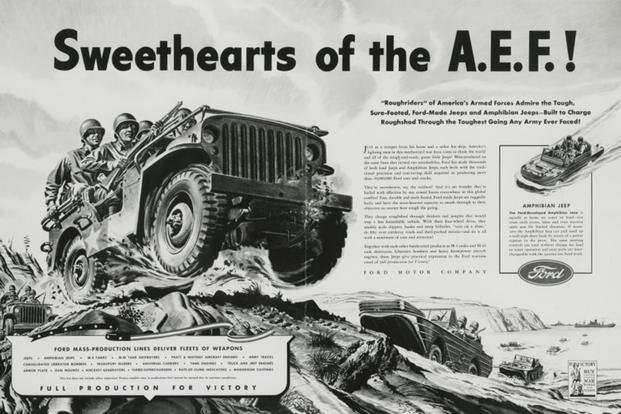
Willys may have won the military’s business, but the small automaker couldn’t keep up with wartime demand. By the fall of 1941, the military needed to lock down another supplier.
Read Next: Making the Case for Military Electric Bikes
In the 1940s, there was no better place to turn for help than Ford. It was only natural for the federal government to turn to the company that pioneered assembly lines and mass-produced machinery to help boost production numbers.
Ford Motor Company was more than happy to oblige, even if its past and future president (according to Ford, Henry Ford retired as company president in 1919, returned following his son and successor’s death in 1943 and retired again in 1945) wasn’t exactly on the right side of history, as PBS points out.
According to Hemmings, Ford built approximately 280,000 General Purpose Willys (GPWs) during World War II -- nearly 44% of the war’s Jeeps. That included 13,000 amphibious GPW Reconnaissance Vehicles.
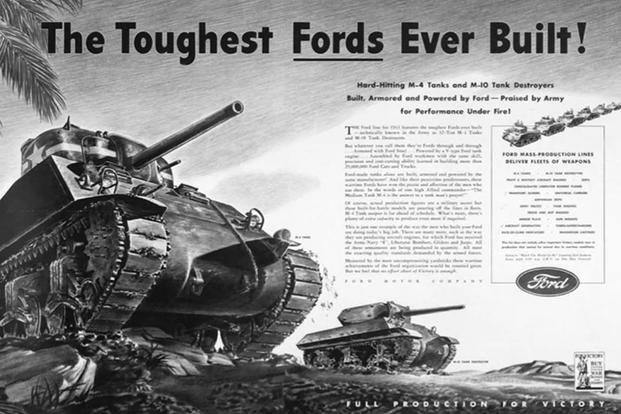
The Blue Oval didn't just build trucks. It also churned out tanks (touted at the time as the toughest Fords ever built) and aircraft. In fact, Ford gets credit for shutting down all civilian production lines and building 86,865 aircraft, 57,851 aircraft engines and 4,291 gliders for the military during World War II.
Spot the Differences: Jeep Edition
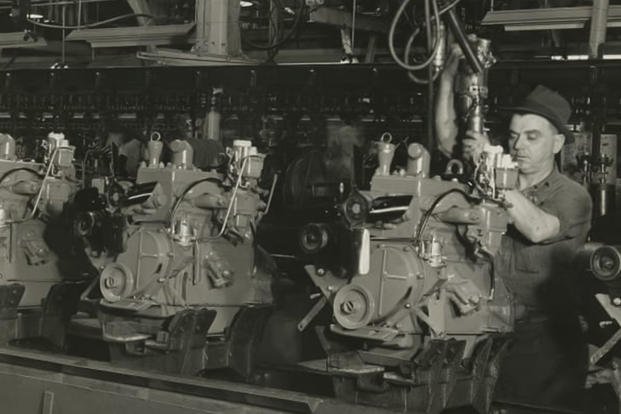
For obvious reasons, the military needed to maintain parts commonality between Willys and Ford Jeeps. By now, many components on surviving Jeeps have migrated from one brand to the other as owners search for original replacements.
There are still a few telltale signs of whether a vehicle, or at least a given component, came from Ford or Willys.
Motor Trend notes that engine block numbers will start with either a GPW (if built by Ford) or MB (if built by Willys). There’s a button that opens the vehicle’s rear toolbox, and the recessed metal surrounding it is square on the GPW and round on the MB. Ford used a rectangular crossmember on the front of the frame, while Willys used a tubular one.
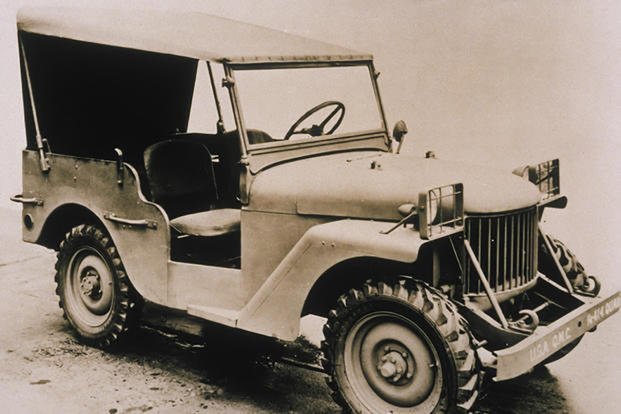
When you think about Jeep, you probably picture the famous seven-slot grille. That, believe it or not, is a Ford design. Willys originally used welded steel slats to protect the radiator; it wasn’t until designers at Ford proposed a cheaper, easier-to-produce stamped steel grille that we got the shape we know today.
Automotive guru Steve Matchett has a great video breaking down that and other differences between an early slat-grille Willys MB and a later Ford GPW.
One of the most fun pieces of Jeep trivia stems from pettiness, not patriotism. In the very first days of Jeep production, Ford stamped its logo on the tailgate. That didn’t sit well with military leadership, which wanted manufacturers to focus on uniformity across vehicles, not advertising for their company.
Ford complied but found other ways to leave a mark -- lots of marks, actually.
If you poke around a GPW, you’ll find little script “F” icons absolutely everywhere. They’re stamped into sheet metal, they’re cast into axle tubes and they appear on bolt faces throughout the vehicle. The tailgate might have been silenced, but every GPW screams “Ford.”
What This Means for Your Wallet
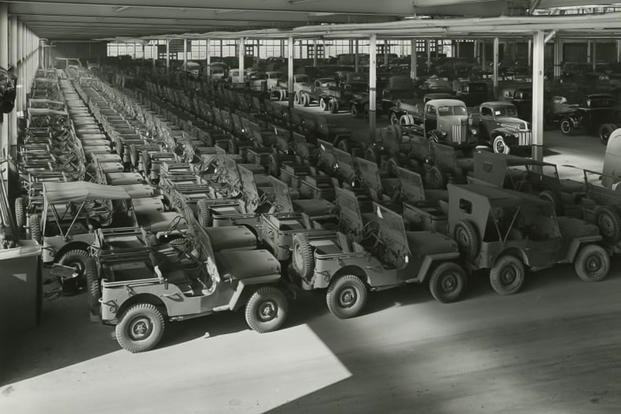
As always, I remain your faithful bad influence. Let’s see what one of these vehicles will set you back, should you want to become its curator.
I’m sure I’d be heartbroken if I knew how many of these incredibly historic military vehicles were chopped up and sold as scrap after World War II, but massive production numbers and ample demand for surplus vehicles in the civilian market following the war mean there are still healthy numbers of survivors.
A quick search on Classic – my go-to aggregator for old vehicles – shows that prices for 1942 and 1943 Jeeps have held steady between $20,000 and $30,000 for the past five years. Model year 1944 and 1945 Jeeps used to cost quite a bit more, but they’ve fallen into that range as well.
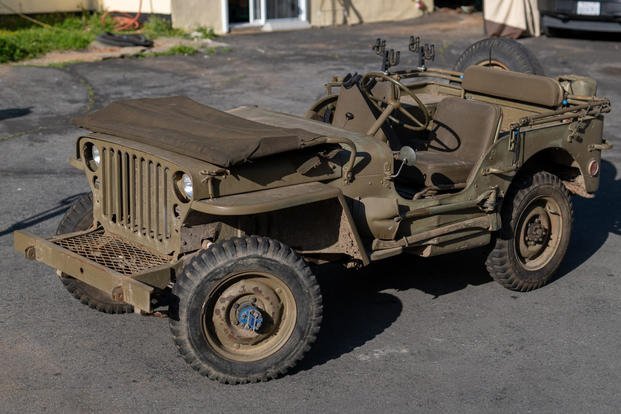
If you’re not picky about every little detail being original, you can find decent examples of the Ford GPW for around $15,000. If more fragile components, such as seats and soft tops, are included and in good shape, expect to pay significantly more. One particularly desirable Willys MB sold for $46,200 at a Mecum auction this year.
Whichever brand you choose, you’ll be preserving a priceless piece of American military and automotive history.
Want to Know More About the Military?
Be sure to get the latest news about the U.S. military, as well as critical info about how to join and all the benefits of service. Subscribe to Military.com and receive customized updates delivered straight to your inbox.






